The ideal humidity for a living room is between 40-50%. This level of humidity creates a comfortable and healthy environment for you and your family to relax in. Humidity is the amount of moisture in the air and it can greatly affect the overall feel of a room. If the humidity is too high or too low, it can cause issues such as mold growth, uncomfortable air, and damage to furniture and electronics.What is the Ideal Humidity for a Living Room?
To maintain the ideal humidity in your living room, it's important to have proper ventilation and control mechanisms in place. Opening windows and using ceiling fans can help circulate air and prevent humidity from building up. Additionally, using a dehumidifier or humidifier can help regulate the humidity levels in your living room. It's also important to seal any cracks or leaks in the walls or windows to prevent excess moisture from entering the room.How to Maintain the Ideal Humidity in Your Living Room
The best humidity levels for a comfortable living room are between 40-50%. This level of humidity is not too dry or too damp, creating a comfortable and pleasant atmosphere. It's important to maintain this level of humidity to prevent any discomfort or potential health issues.Best Humidity Levels for a Comfortable Living Room
Humidity can greatly affect your living room furniture. Excess moisture in the air can cause wood furniture to warp and swell, while too little humidity can cause it to dry out and crack. Upholstered furniture can also be affected by humidity, as high levels of moisture can lead to mold growth and musty odors. It's important to keep the humidity levels in check to protect your furniture and keep it in good condition.How Humidity Affects Your Living Room Furniture
To control humidity in your living room, there are a few tips you can follow. First, make sure to have proper ventilation and air circulation in the room. This can be achieved by using ceiling fans, opening windows, and using exhaust fans in areas prone to moisture, such as the kitchen and bathroom. Secondly, use a dehumidifier or humidifier to regulate the humidity levels. Lastly, regularly check for any leaks or cracks in the walls or windows and seal them to prevent excess moisture from entering the room.Tips for Controlling Humidity in Your Living Room
Humidity control in your living room is important for several reasons. Firstly, it can greatly affect the comfort level of the room. Excessive humidity can make the air feel heavy and uncomfortable, while too little humidity can cause dryness and discomfort. Secondly, it can impact the overall health of your home. High levels of humidity can lead to mold growth, which can cause respiratory issues and other health problems. Lastly, humidity control is important for preserving the condition of your furniture and electronics.Why is Humidity Control Important for Your Living Room?
There are several ways to measure and monitor the humidity levels in your living room. One option is to use a hygrometer, which is a device specifically designed to measure humidity. You can also use a digital thermometer that includes a humidity reading. Additionally, some smart home devices can also monitor and track humidity levels in your living room.How to Measure and Monitor Humidity in Your Living Room
The recommended humidity levels for a healthy living room are between 40-50%. This level of humidity is not too high or too low, creating a comfortable and healthy environment. Maintaining this level of humidity can help prevent issues such as mold growth, dryness, and damage to furniture and electronics.Recommended Humidity Levels for a Healthy Living Room
If your living room is too dry, you can increase the humidity by using a humidifier. This device adds moisture to the air and can help alleviate symptoms such as dry skin and throat, and static electricity. If your living room is too damp, you can use a dehumidifier to remove excess moisture from the air. It's important to monitor the humidity levels and adjust accordingly to maintain a healthy balance.Humidity Solutions for a Dry or Damp Living Room
There are several benefits to using a dehumidifier in your living room. Firstly, it helps to reduce excess moisture in the air, which can prevent mold growth and protect your furniture and electronics. Secondly, it can improve the overall air quality, making it easier to breathe and reducing the risk of respiratory issues. Additionally, dehumidifiers can also help control dust and allergens in the air, creating a healthier living environment.Benefits of Using a Dehumidifier in Your Living Room
Understanding the Importance of Ideal Living Room Humidity

What is Humidity?
 Humidity refers to the amount of water vapor present in the air. It is an important factor to consider when designing and decorating your living room.
Proper humidity levels can greatly impact the comfort and health of you and your family.
Ideally, the humidity level in your living room should be between 40-50%, as recommended by the Environmental Protection Agency. Anything below or above this range can lead to various issues such as dryness, allergies, and mold growth.
Humidity refers to the amount of water vapor present in the air. It is an important factor to consider when designing and decorating your living room.
Proper humidity levels can greatly impact the comfort and health of you and your family.
Ideally, the humidity level in your living room should be between 40-50%, as recommended by the Environmental Protection Agency. Anything below or above this range can lead to various issues such as dryness, allergies, and mold growth.
The Effects of Low Humidity
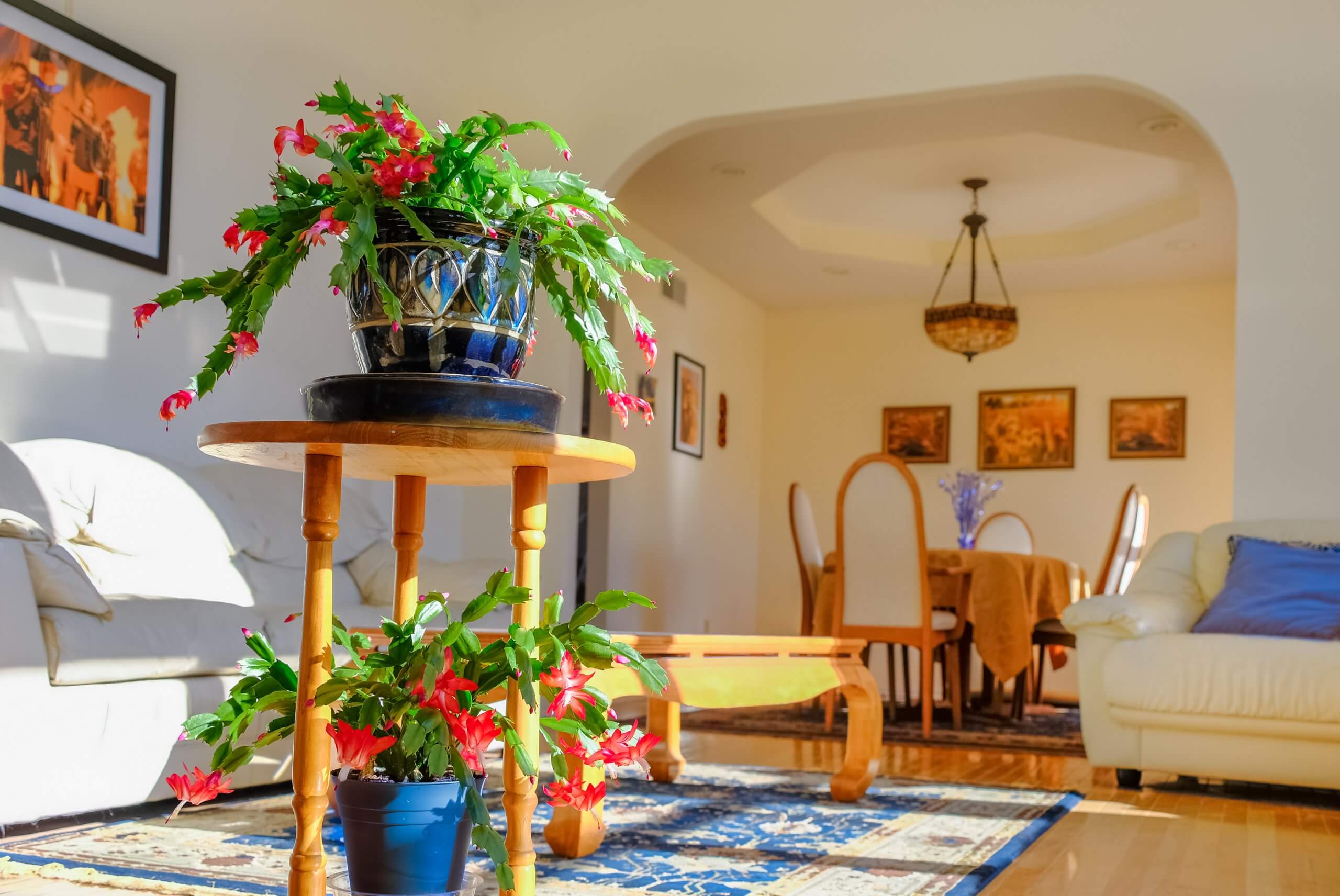 Low humidity levels can cause discomfort and health issues for those living in the house.
In the winter, when the air is drier, it can lead to dry skin, irritated eyes, and respiratory problems.
It can also cause damage to your wooden furniture and flooring, as dry air can cause them to shrink and crack.
Additionally, low humidity can also affect your indoor plants, as they need proper humidity levels to thrive.
Low humidity levels can cause discomfort and health issues for those living in the house.
In the winter, when the air is drier, it can lead to dry skin, irritated eyes, and respiratory problems.
It can also cause damage to your wooden furniture and flooring, as dry air can cause them to shrink and crack.
Additionally, low humidity can also affect your indoor plants, as they need proper humidity levels to thrive.
The Dangers of High Humidity
 On the other hand,
high humidity levels can also be harmful to your health and home.
Excess moisture in the air can create the perfect breeding ground for mold and mildew, which can cause respiratory issues and damage to your walls and furniture.
It can also make the air feel heavy and uncomfortable, making it difficult to breathe.
High humidity can also attract pests such as termites and cockroaches, which can cause further damage to your home.
On the other hand,
high humidity levels can also be harmful to your health and home.
Excess moisture in the air can create the perfect breeding ground for mold and mildew, which can cause respiratory issues and damage to your walls and furniture.
It can also make the air feel heavy and uncomfortable, making it difficult to breathe.
High humidity can also attract pests such as termites and cockroaches, which can cause further damage to your home.
The Ideal Living Room Humidity
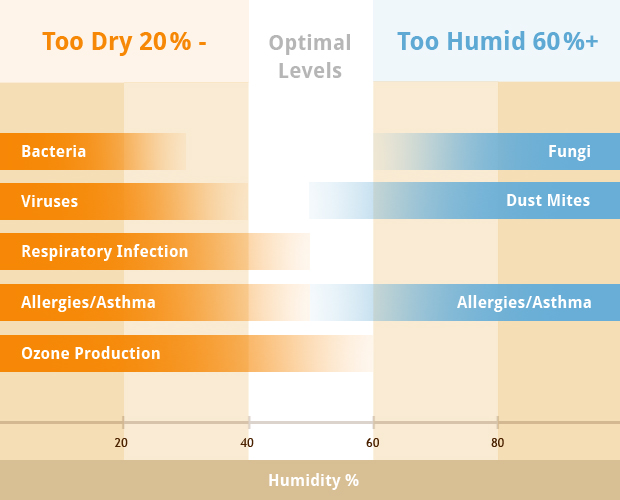 Maintaining the ideal humidity level in your living room is crucial for your overall well-being and the longevity of your home.
It is recommended to invest in a humidifier and dehumidifier to regulate the humidity levels in your living room.
These devices can be set to maintain the desired humidity level, ensuring a comfortable and healthy living space.
Regularly checking and adjusting the humidity levels in your living room can also help prevent potential issues and save you from costly repairs in the future.
Maintaining the ideal humidity level in your living room is crucial for your overall well-being and the longevity of your home.
It is recommended to invest in a humidifier and dehumidifier to regulate the humidity levels in your living room.
These devices can be set to maintain the desired humidity level, ensuring a comfortable and healthy living space.
Regularly checking and adjusting the humidity levels in your living room can also help prevent potential issues and save you from costly repairs in the future.
In Conclusion
.jpg?width=3508&name=Humidity level chart (1).jpg) Proper humidity levels are essential for a comfortable and healthy living room.
By maintaining the ideal humidity level, you can improve the air quality in your home and prevent potential health and home issues.
Don't overlook the importance of humidity when designing and decorating your living room, and remember to regularly monitor and regulate the humidity levels to ensure a happy and healthy living space for you and your family.
Proper humidity levels are essential for a comfortable and healthy living room.
By maintaining the ideal humidity level, you can improve the air quality in your home and prevent potential health and home issues.
Don't overlook the importance of humidity when designing and decorating your living room, and remember to regularly monitor and regulate the humidity levels to ensure a happy and healthy living space for you and your family.



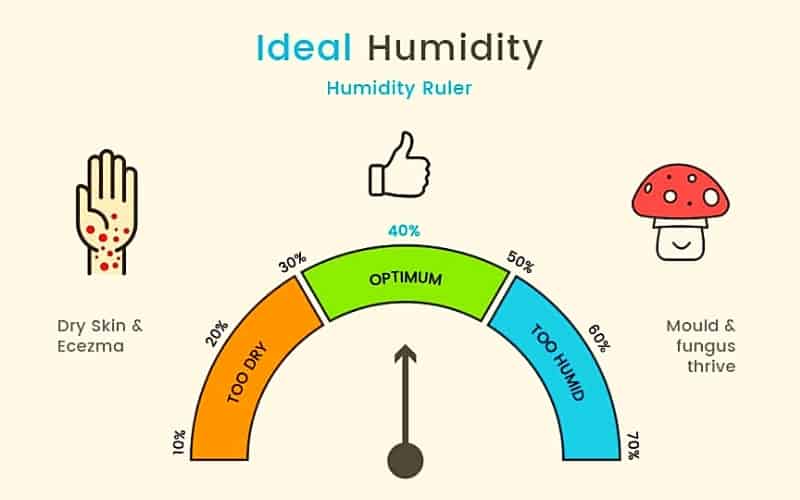










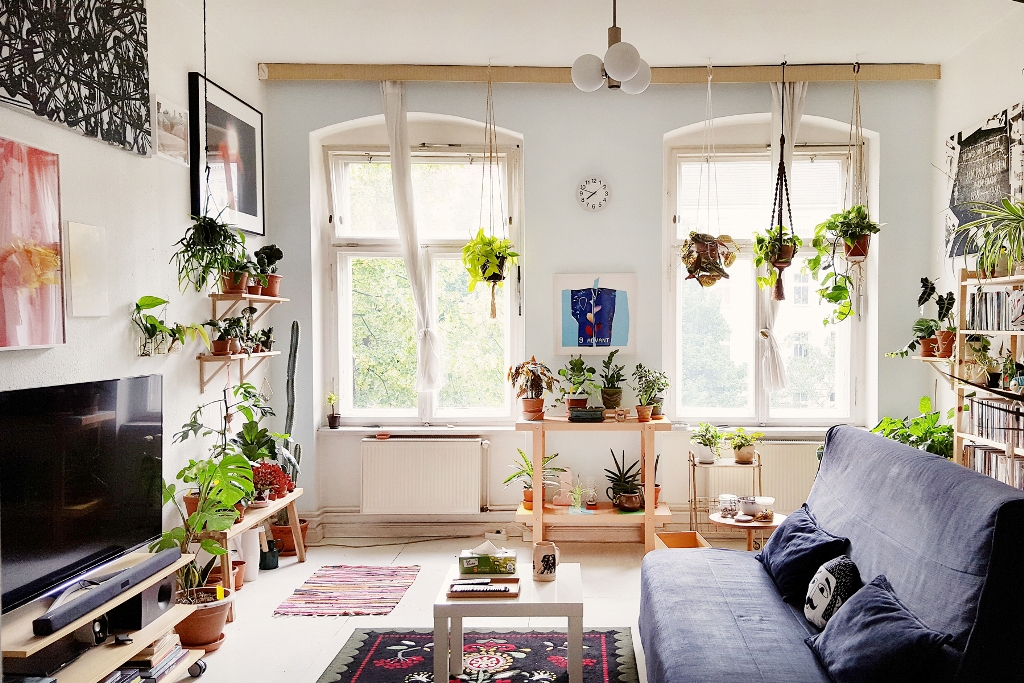


















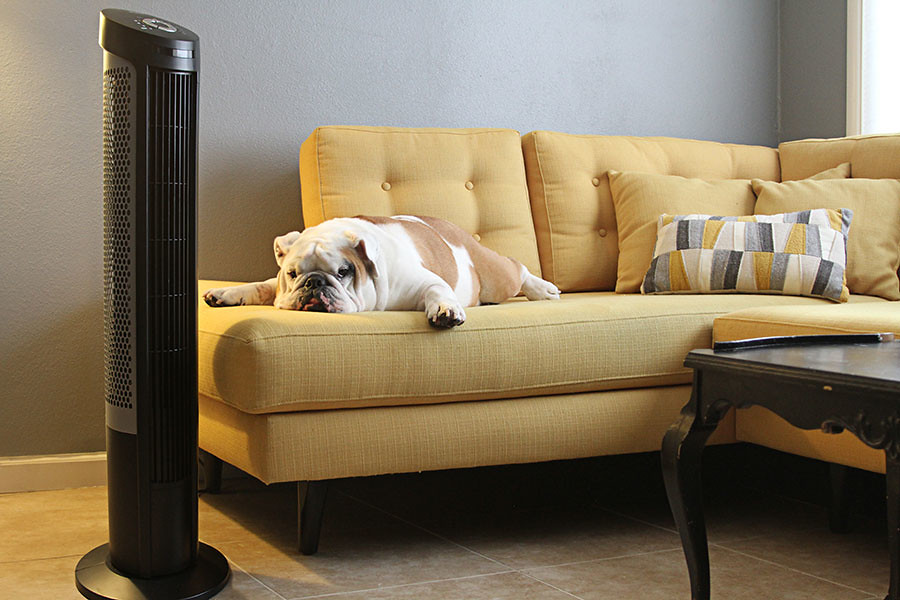











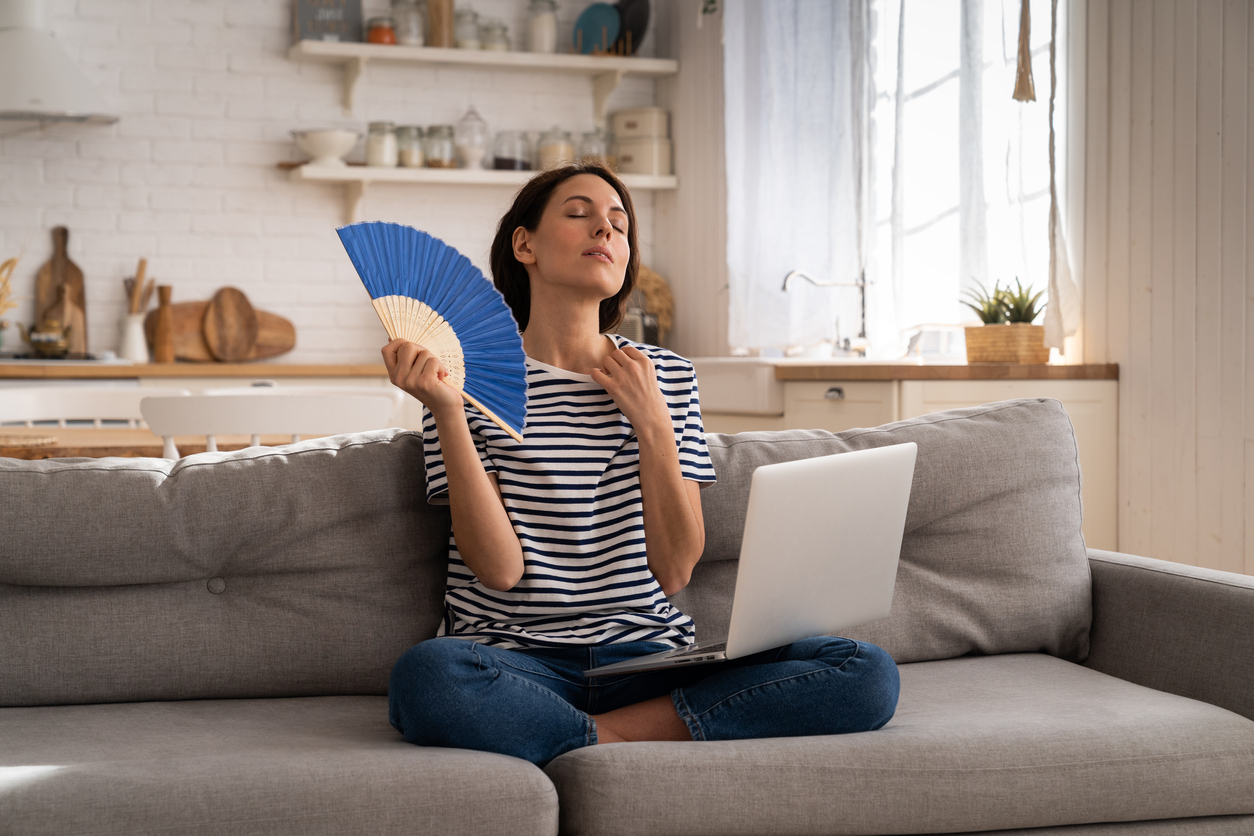
















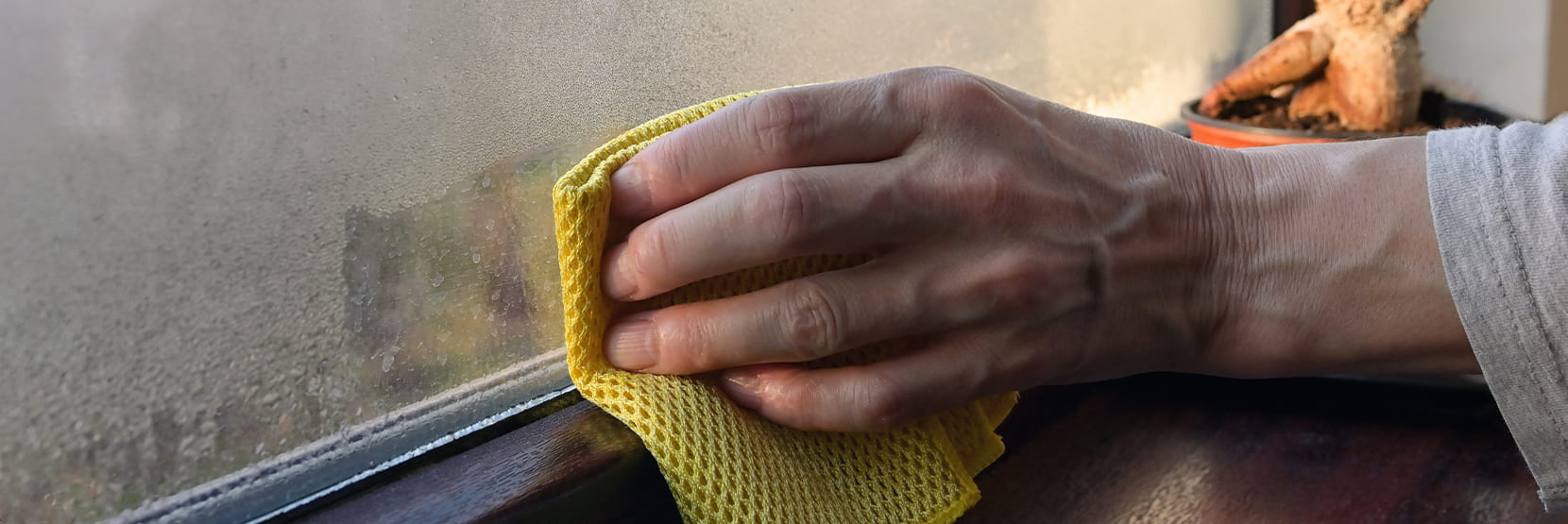















.jpg?width=1754&name=Humidity level chart (1).jpg)

















